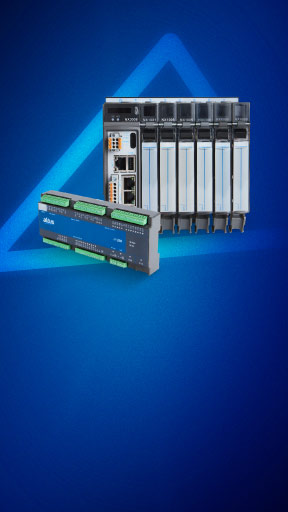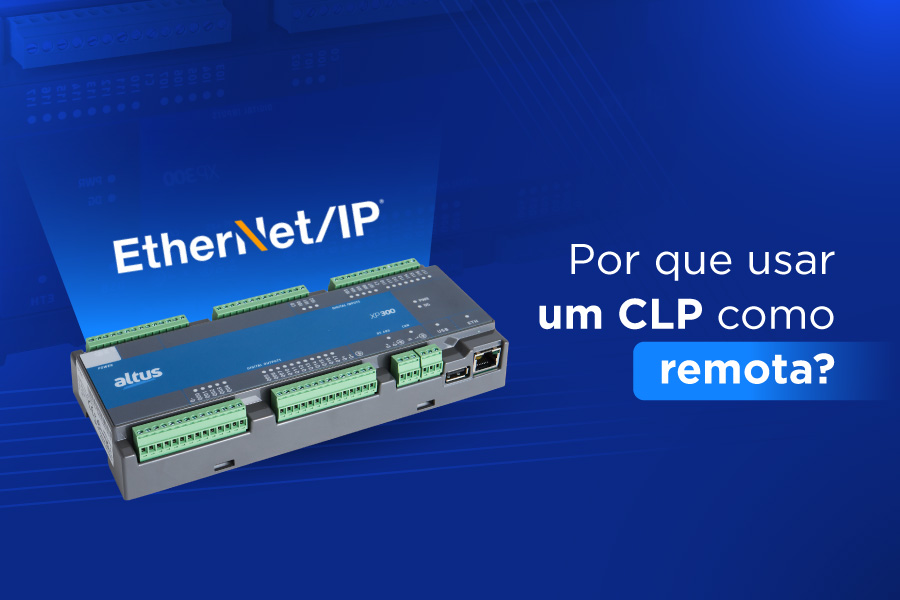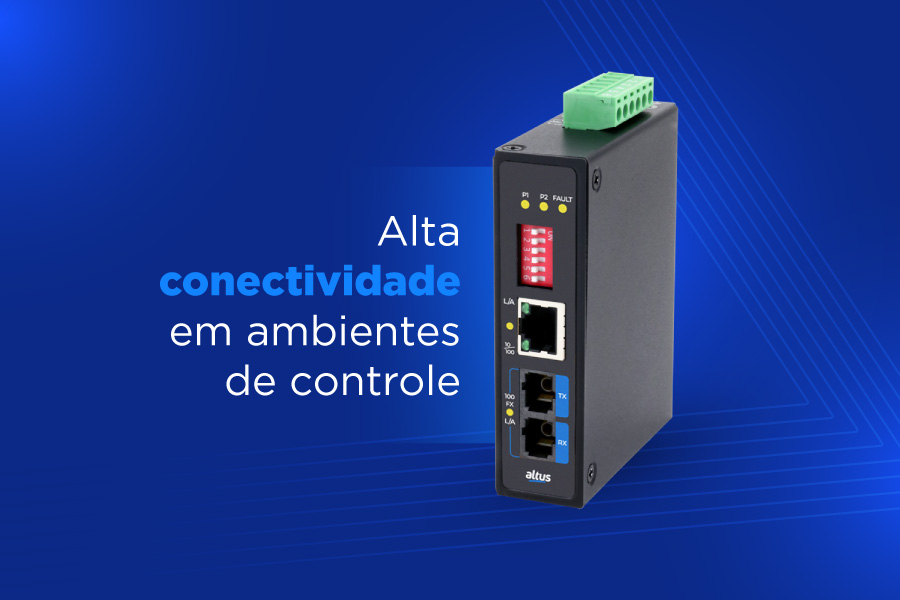Com o fim da Segunda Guerra e a queda de importantes barreiras geopolíticas, o mundo entrou em uma nova era tecnológica. Neste momento, a aproximação dos campos do conhecimento científico e da atividade industrial permitiu o rápido desenvolvimento e absorção de tecnologias de ponta em todas as etapas produtivas da indústria, movimento que ficou conhecido como a terceira revolução industrial. Foi neste contexto de evolução tecnológica que, algumas décadas depois, em 1989, surgiu o protocolo HART. Sigla em inglês para Highway Addressable Remote Transducer (Via de Dados Endereçável por Transdutor Remoto), o protocolo foi criado para facilitar a calibração e os ajustes de range e damping de equipamentos analógicos.
Características e benefícios do protocolo
Comumente utilizado para comunicação entre dispositivo de campo inteligentes e um sistema de controle, o HART foi o primeiro protocolo digital de comunicação bidirecional a não afetar o sinal analógico de controle. O padrão fornece dois canais de comunicação simultâneos: um sinal analógico de 4-20mA e um sinal digital. O sinal analógico transmite a variável medida (no caso de um instrumento de campo) utilizando uma malha de 4-20mA, enquanto o sinal digital é utilizado para levar informações adicionais do dispositivo, como padrões de configuração, calibragem, parametrização, TAGs descritivas, entre outros.
O HART pode ser utilizado em aplicações dos mais variados segmentos da indústria, até em ambientes perigosos. O protocolo opera segundo o padrão Mestre-Escravo, onde o escravo somente transmitirá uma mensagem se houver uma requisição do mestre, ou seja, o instrumento de campo (escravo) só irá enviar informações quando receber uma requisição do sistema de controle (mestre).
Em termos de performance, o HART destaca-se por ter as seguintes características:
- Projeto simples, de fácil operação e manutenção;
- Compatibilidade com a instrumentação analógica;
- Sinal analógico e comunicação digital;
- Opção de comunicação ponto-a-ponto ou multidrop;
- Flexível acesso de dados usando até dois mestres;
- Suporta equipamentos multivariáveis;
- 500 ms de tempo de resposta (com até duas transações);
- Compatível com produtos e outros protocolos de vários fornecedores.












